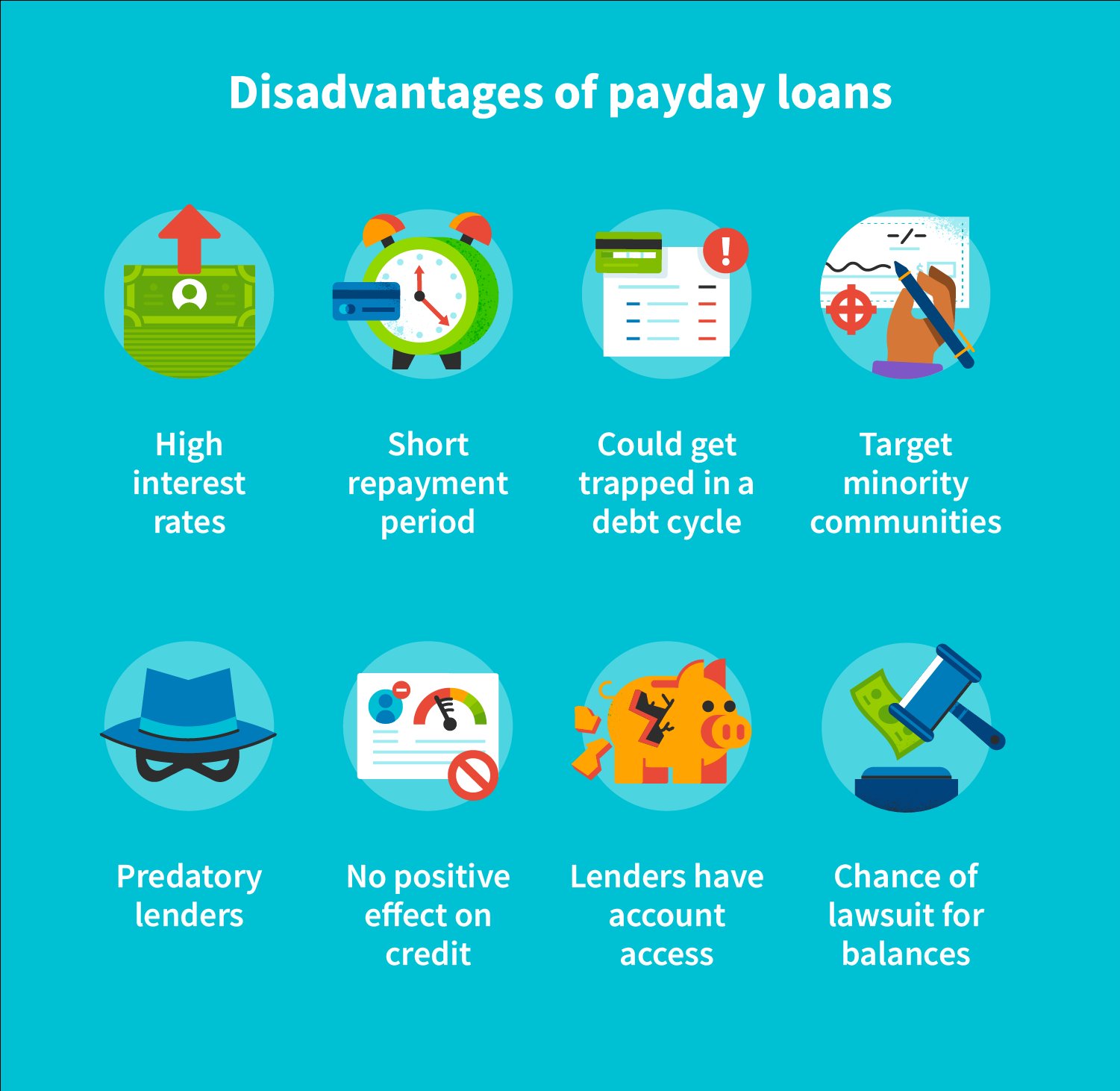Has your beloved furry friend ever faced a sudden health issue, leaving you scrambling to cover unexpected veterinary expenses? Don’t worry, we’ve got you covered on how to financially plan for pet emergencies. With a little preparation and foresight, you can ensure that your pet receives the best care without breaking the bank. In this article, we will guide you through simple yet effective strategies to safeguard your pet’s health and your financial well-being. So, let’s dive in and explore how to financially plan for pet emergencies, ensuring peace of mind for both you and your furry companion.
How to Financially Plan for Pet Emergencies
Introduction
Pets bring immense joy and companionship to our lives, but just like humans, they can also face unexpected health issues or accidents. Dealing with a pet emergency can be emotionally and financially challenging. That’s why it’s essential for pet owners to have a solid financial plan in place to handle such emergencies. In this comprehensive guide, we’ll explore various strategies and tips to help you financially prepare for any unforeseen circumstances that may arise in your pet’s life.
1. Understanding the Importance of Financial Planning for Pet Emergencies
1.1 Why Is Financial Planning Necessary?
Financial planning for pet emergencies is crucial because:
- Veterinary costs can be expensive and can quickly accumulate during a pet emergency.
- Having a financial plan in place can ensure that you can provide the necessary care for your pet without hesitation.
- Financial preparedness can help reduce stress and anxiety during an already difficult time.
1.2 The Benefits of Early Financial Planning
While it’s never too late to start planning, the earlier you begin, the better. Here are a few benefits of early financial planning:
- Allowing time for saving and budgeting for potential emergencies.
- Creating a safety net for your pet’s well-being.
- Peace of mind, knowing that you are prepared for any situation.
2. Creating a Pet Emergency Fund
2.1 Determining the Ideal Emergency Fund Amount
When creating a pet emergency fund, it’s important to consider the following factors:
- Your pet’s age and breed
- Pre-existing health conditions
- Potential risks associated with your pet’s lifestyle
Ideally, aim to save at least $1,000 to $2,000, but the amount may vary depending on your pet’s individual needs.
2.2 Saving Strategies to Build the Emergency Fund
To build your pet emergency fund, consider the following saving strategies:
- Set up automatic transfers from your checking account to a separate savings account dedicated to your pet’s emergencies.
- Save a percentage of your monthly income specifically for your pet.
- Reduce unnecessary expenses and redirect those savings towards your emergency fund.
- Consider additional sources of income, such as a side job or freelancing, to accelerate your savings.
2.3 Pet Insurance as a Financial Safety Net
While a pet emergency fund is essential, pet insurance can provide an extra layer of financial security. Here are some key points to consider:
- Research different pet insurance providers and policies to find the one that suits your pet’s needs and your budget.
- Understand what is covered, including accidents, illnesses, surgeries, and medications.
- Be aware of any deductibles, co-pays, or limitations in the policy.
- Consider the age and breed of your pet, as some insurance companies may have restrictions or higher premiums for certain breeds or older pets.
3. Planning for Routine and Preventive Care
3.1 Budgeting for Routine Veterinary Care
In addition to emergency situations, routine veterinary care is an important aspect of your pet’s overall health. Here’s how you can financially plan for routine care:
- Research and compare prices of routine veterinary services in your area.
- Consider signing up for a wellness plan or program offered by veterinary clinics, which may provide discounted rates for routine care.
- Set aside a separate budget for routine vaccinations, check-ups, dental cleanings, and other preventive measures.
3.2 Protecting Your Pet’s Health with Proper Nutrition and Exercise
A healthy lifestyle can minimize the risk of certain health issues. Consider these factors when planning for your pet’s overall well-being:
- Invest in high-quality pet food to ensure proper nutrition.
- Allocate a portion of your budget for toys, treats, and accessories that promote physical activity.
- Regularly exercise and engage in activities that cater to your pet’s breed and energy level.
4. Establishing a Relationship with a Trustworthy Veterinarian
4.1 The Importance of Choosing the Right Veterinarian
Choosing the right veterinarian is crucial for your pet’s well-being and your peace of mind. Consider the following when selecting a veterinarian:
- Ask for recommendations from friends, family, or other pet owners.
- Research the veterinarian’s experience, credentials, and specialization.
- Visit the clinic and assess its cleanliness, equipment, and overall atmosphere.
- Consider the veterinarian’s communication style and their ability to address your concerns.
4.2 Establishing a Relationship with your Veterinarian
Building a strong relationship with your veterinarian can provide various benefits:
- Your veterinarian will become familiar with your pet’s medical history, making it easier to diagnose and treat any issues.
- Regular check-ups and preventive care can help identify potential health concerns early, saving you from costly emergencies.
- Your veterinarian can offer guidance on preventive measures and help you make informed decisions regarding your pet’s health.
5. Exploring Financial Assistance Options
5.1 Veterinary Financing Programs
Many veterinary clinics offer financing options to help manage the cost of pet emergencies. These programs may include:
- Deferred payment plans
- Interest-free financing for a specific period
- Credit cards specifically designed for veterinary expenses
Research and inquire about these options in advance, so you are aware of the terms and conditions.
5.2 Charitable Organizations and Grants
There are charitable organizations and grants available to assist pet owners in financial need. Some organizations may offer:
- Financial aid for specific medical conditions
- Grants for low-income pet owners
- Funding for emergency situations
Research local and national organizations that provide such assistance and understand their application processes.
6. Updating Your Financial Plan Regularly
6.1 Reviewing and Adjusting Your Emergency Fund
Periodically reassess the adequacy of your pet emergency fund by considering the following factors:
- Changes in your pet’s health condition or medical needs
- Fluctuations in veterinary costs
- Updates to your pet insurance policy
6.2 Reevaluating Your Budget and Saving Strategies
As your financial situation changes, it’s important to adjust your budget and saving strategies accordingly. Consider:
- Changing income levels
- Cost of living adjustments
- Additional pets or changes in pet ownership
Being financially prepared for pet emergencies is a responsible and caring way to ensure your pet receives the best possible care when they need it the most. By creating a pet emergency fund, exploring pet insurance options, budgeting for routine care, and establishing a good relationship with your veterinarian, you can minimize the stress and financial burden associated with unexpected pet emergencies. Keep in mind that financial planning is an ongoing process, and regularly reviewing and updating your strategies will help you stay prepared at all times. With careful financial planning, you can provide your furry friend with the care they deserve, no matter what challenges may come their way.
Top 7 Ways To Plan Your Budget for a Pet Emergency
Frequently Asked Questions
Frequently Asked Questions (FAQs)
1. How can I financially plan for pet emergencies?
One way to financially plan for pet emergencies is to set up a dedicated emergency fund specifically for your pet. This fund should be separate from your regular savings and should be regularly contributed to. It’s important to estimate potential costs and regularly assess and adjust the amount you save based on your pet’s specific needs and any changes in circumstances.
2. Are pet insurance policies a good option for financial planning?
Pet insurance can be a valuable tool for financial planning for pet emergencies. It helps cover unexpected veterinary costs, allowing you to focus on your pet’s well-being rather than worrying about the expenses. Before choosing a policy, carefully review the coverage, exclusions, deductibles, and premiums to find one that suits your pet’s needs and your budget.
3. What are some other ways to financially prepare for pet emergencies?
In addition to setting up an emergency fund and considering pet insurance, you can also explore options such as pet savings accounts, which are specifically designed to help save for veterinary expenses. Some veterinary clinics also offer payment plans or financing options, so it’s worth researching those in your area.
4. How can regular preventive care help with financial planning for pet emergencies?
Regular preventive care, such as vaccinations, routine check-ups, and dental cleanings, can help detect potential health issues early on. By investing in your pet’s preventive care, you may be able to avoid more serious and costly health problems in the future.
5. Should I consider pet wellness plans as part of my financial planning?
Pet wellness plans can be beneficial for budgeting pet healthcare expenses. These plans typically cover routine preventive care services, such as vaccinations, flea and tick prevention, and annual exams. However, it’s important to carefully compare the costs of the plan with the potential savings to ensure it aligns with your financial goals.
6. How can I find affordable veterinary care for emergencies?
Researching different veterinary clinics and hospitals in your area and comparing their prices can help you find more affordable options for emergency pet care. Some clinics also offer discounted rates for specific procedures or have partnerships with local animal welfare organizations that provide financial assistance for emergency treatments.
7. Are there any organizations or resources that can help with pet emergency expenses?
There are various non-profit organizations, charities, and crowdfunding platforms dedicated to helping pet owners cover emergency veterinary expenses. These resources can provide financial assistance or connect you with support networks that can help alleviate the financial burden during challenging times.
8. What steps can I take to minimize potential pet emergency costs?
Ensuring your pet’s overall well-being through a healthy diet, regular exercise, and maintaining a safe environment can help prevent accidents and certain health issues. Additionally, providing routine dental care and practicing proper grooming can help prevent dental diseases and infections that may require emergency treatment.
Final Thoughts
In conclusion, preparing for pet emergencies requires careful financial planning. Start by creating a separate savings account specifically for pet-related expenses. Set aside a portion of your income regularly to build a safety net for unexpected veterinary bills. Research and compare pet insurance options to find a plan that suits your needs and budget. It is also important to maintain your pet’s health through preventive care and regular check-ups. By prioritizing financial preparedness and taking proactive measures, you can ensure that you are equipped to handle pet emergencies without undue stress. Remember, financially planning for pet emergencies is crucial for the well-being of your beloved furry friend.



